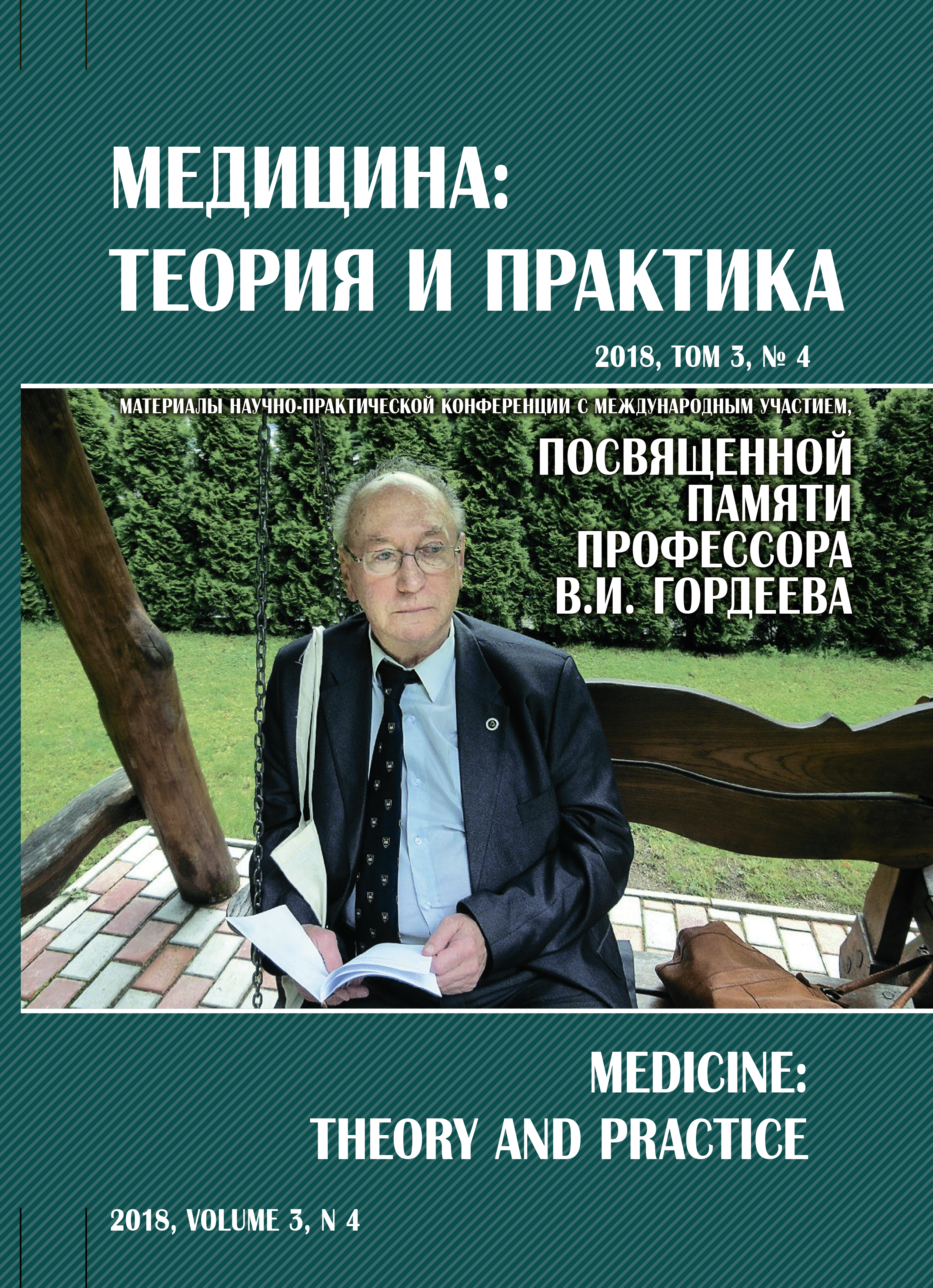Modern approaches to the assessment of anesthesiological risk at out-patient ent interventions in children
Abstract
Intensive development of pediatric ORL surgery using the one-day surgery method sets two main tasks for the anesthesiologist: to provide the surgeon with safe access to the upper respiratory passages of the child and ensure a smooth, non-complicated perioperative period. However, the anesthesiologist has a limited time for preoperative assessment of the patient’s condition and post-anesthetic recovery. At the same time, various complications are much more likely to develop in the perioperative period at general anesthesia for ENT interventions in children, despite the fact that most children are taken for surgical treatment in satisfactory condition. The article defines the concepts of perioperative complications and the risk of complications. The risk factors for complications in pediatric ENT patients are the presence of chronic viral or bacterial infection and impaired aerodynamics of the upper respiratory passages. Thus, the presence of a viral infection leads to sensibilization to inhalation anesthetics, the occurrence of laryngo- and bronchospasm. Violation of the aerodynamics of the upper respiratory passages is accompanied by intermittent hypoxia and hypercapnia that can lead to the development of arterial and pulmonary hypertension, heart rhythm disorder, or lung distress syndrome. Morphological changes in the central opioid receptors and the depressed reaction to hypercarbia can lead to apnea in the post-anesthetic period, and prolongation of the wake-up time. Toxic effects from the source of inflammation and vascular-circulatory disorders often lead to cerebral complications. The article shows the low prognostic value of laboratory and instrumental methods of examination in children preparing for ENT operations. They should be prescribed only when they can provide additional information and may affect the anesthesia or surgical outcome. In addition, instrumental studies mean additional stress for the child. Thus, the basis for determining the anesthetic risk is a carefully collected anamnesis and clinical examination.



